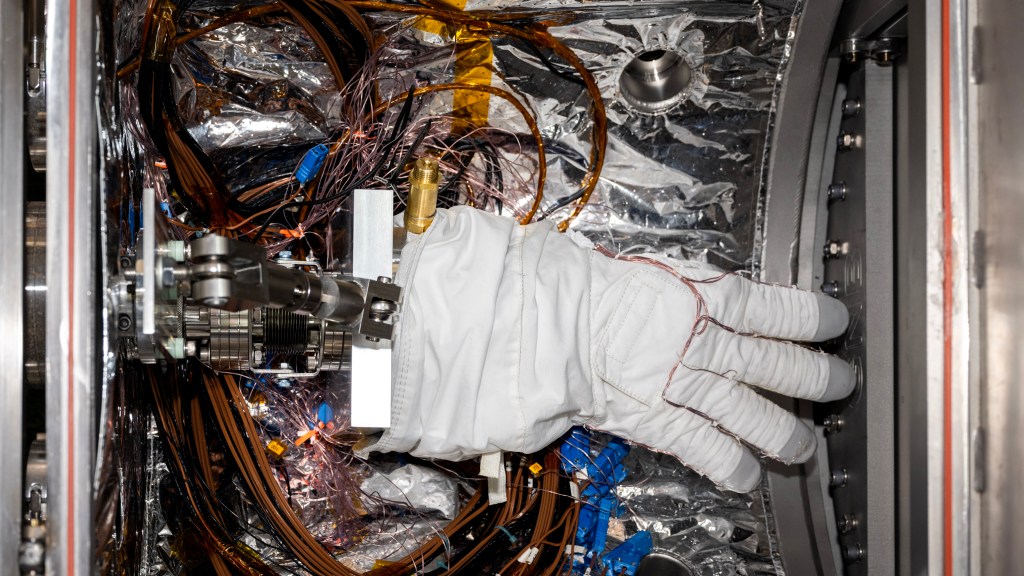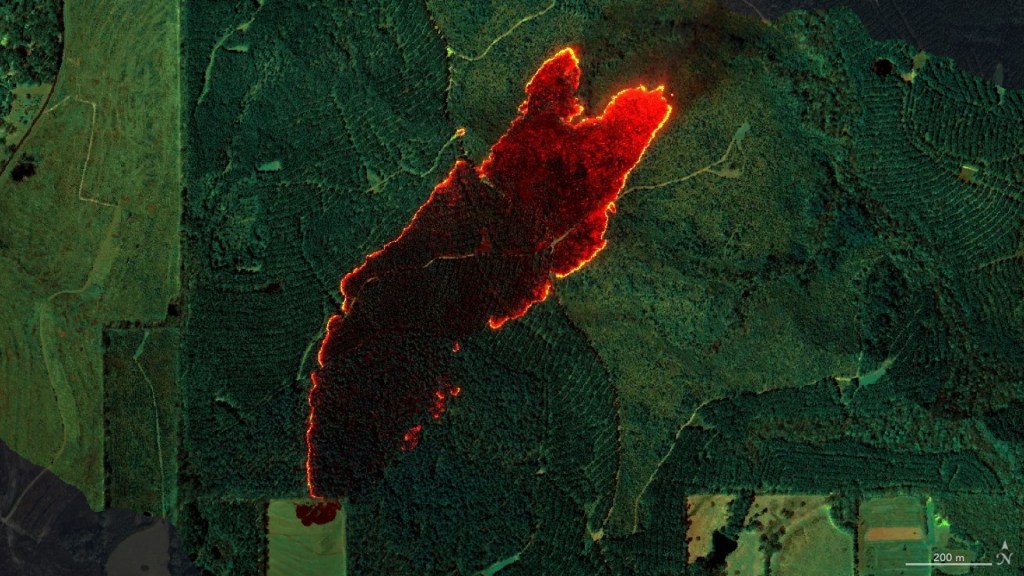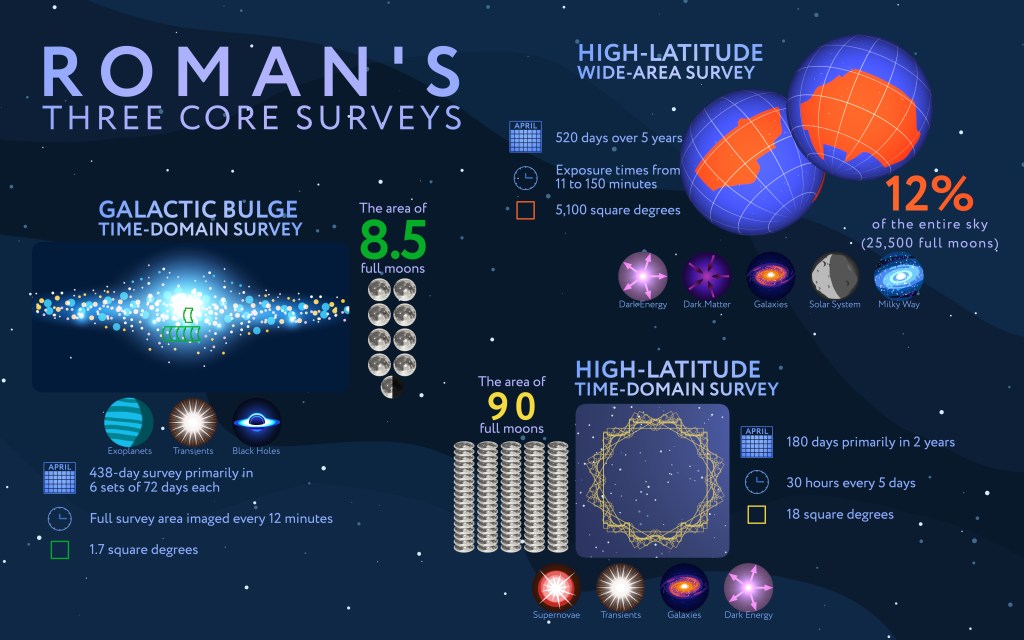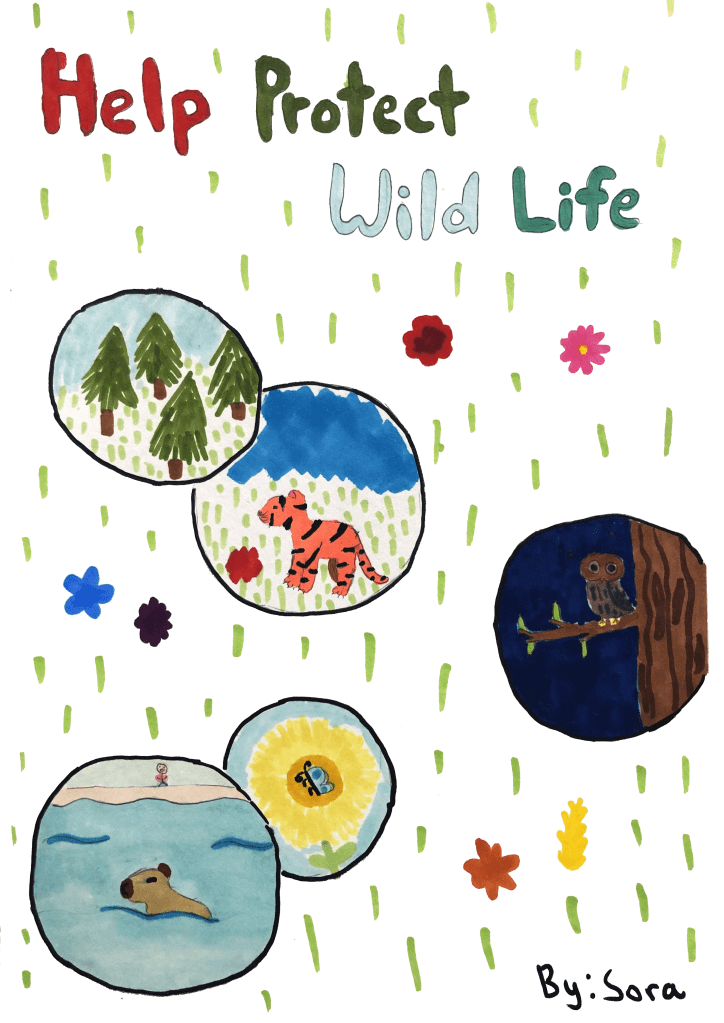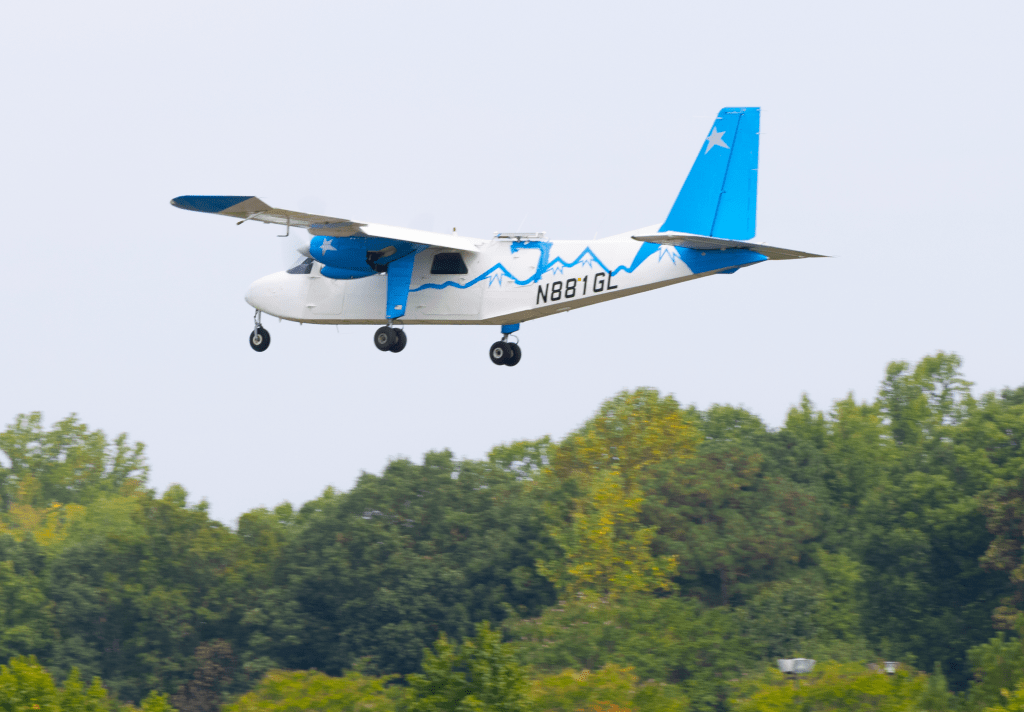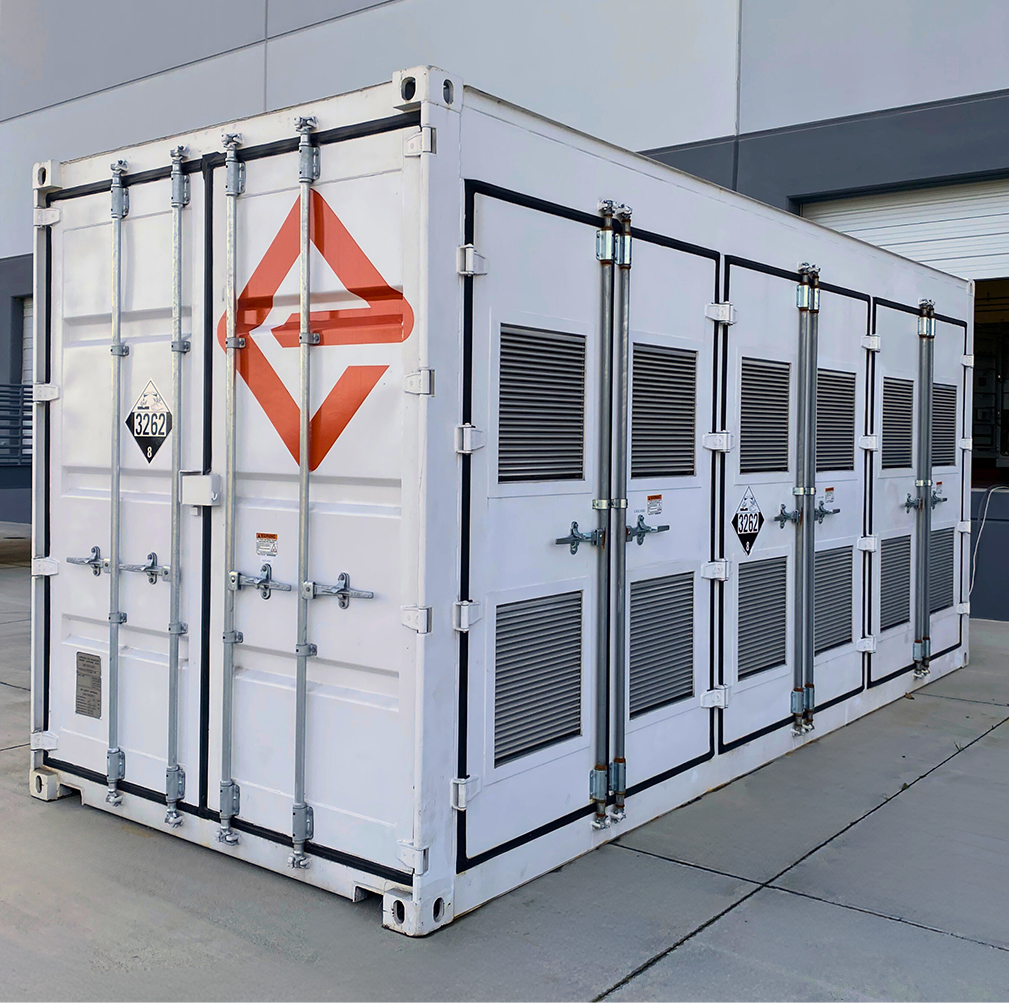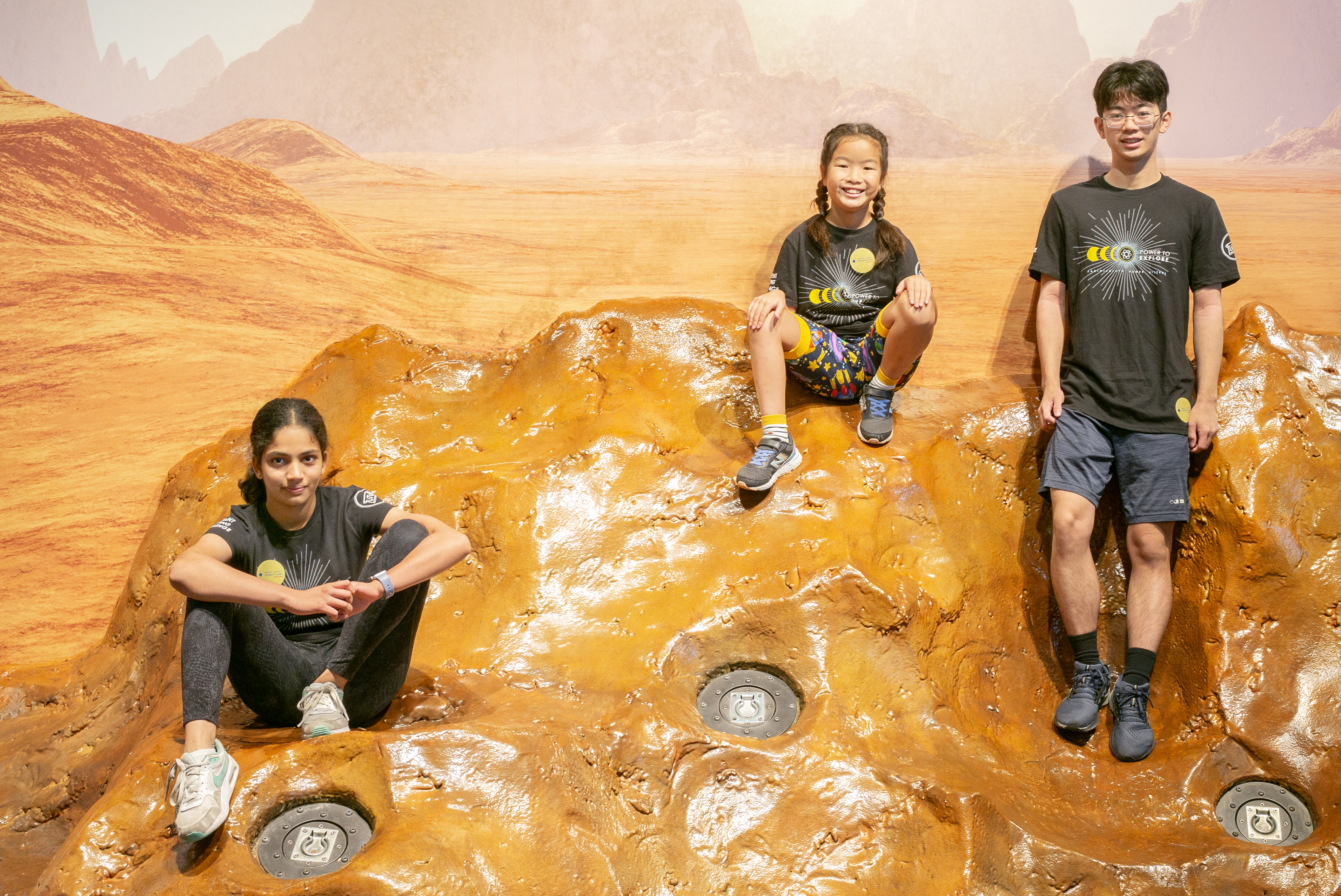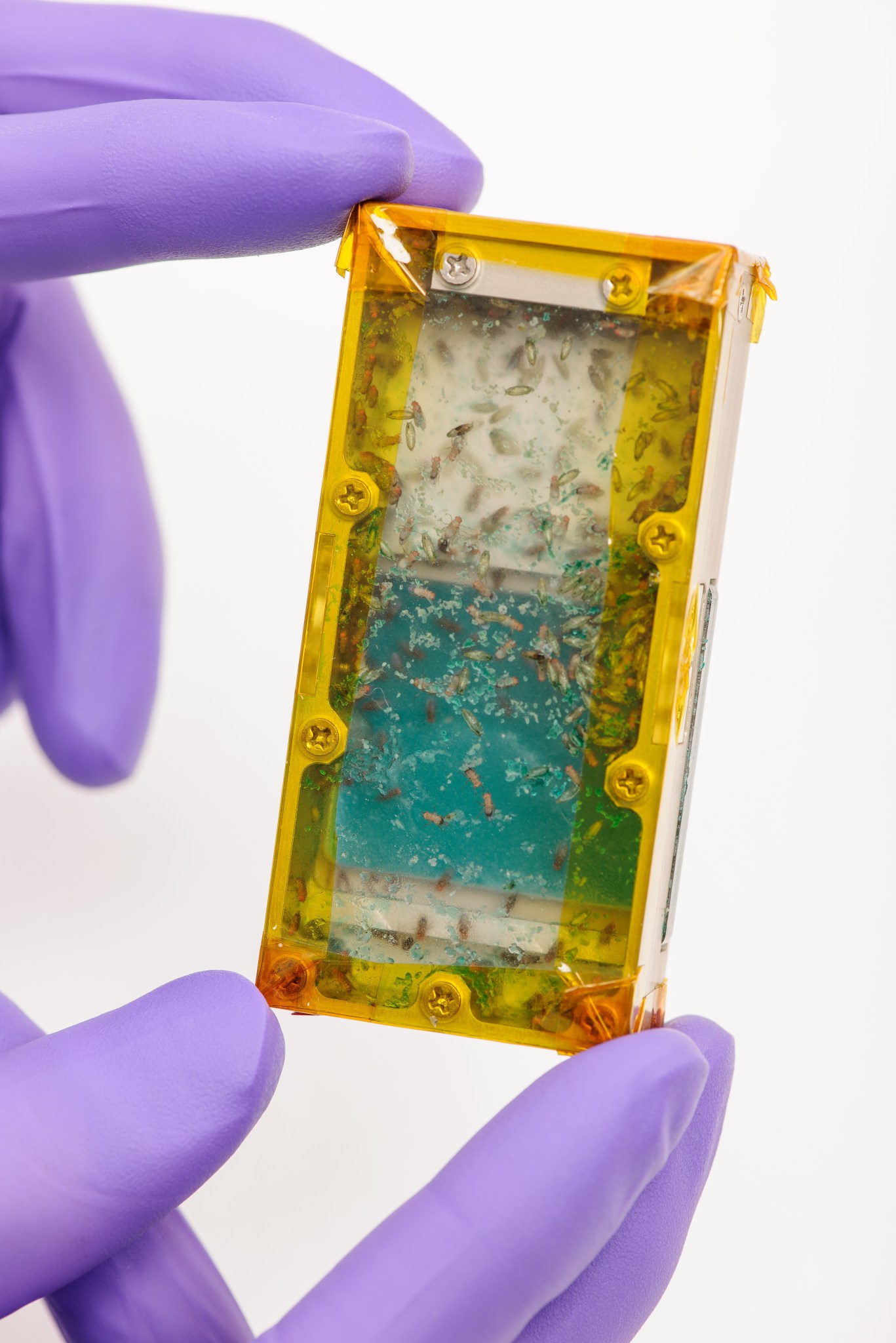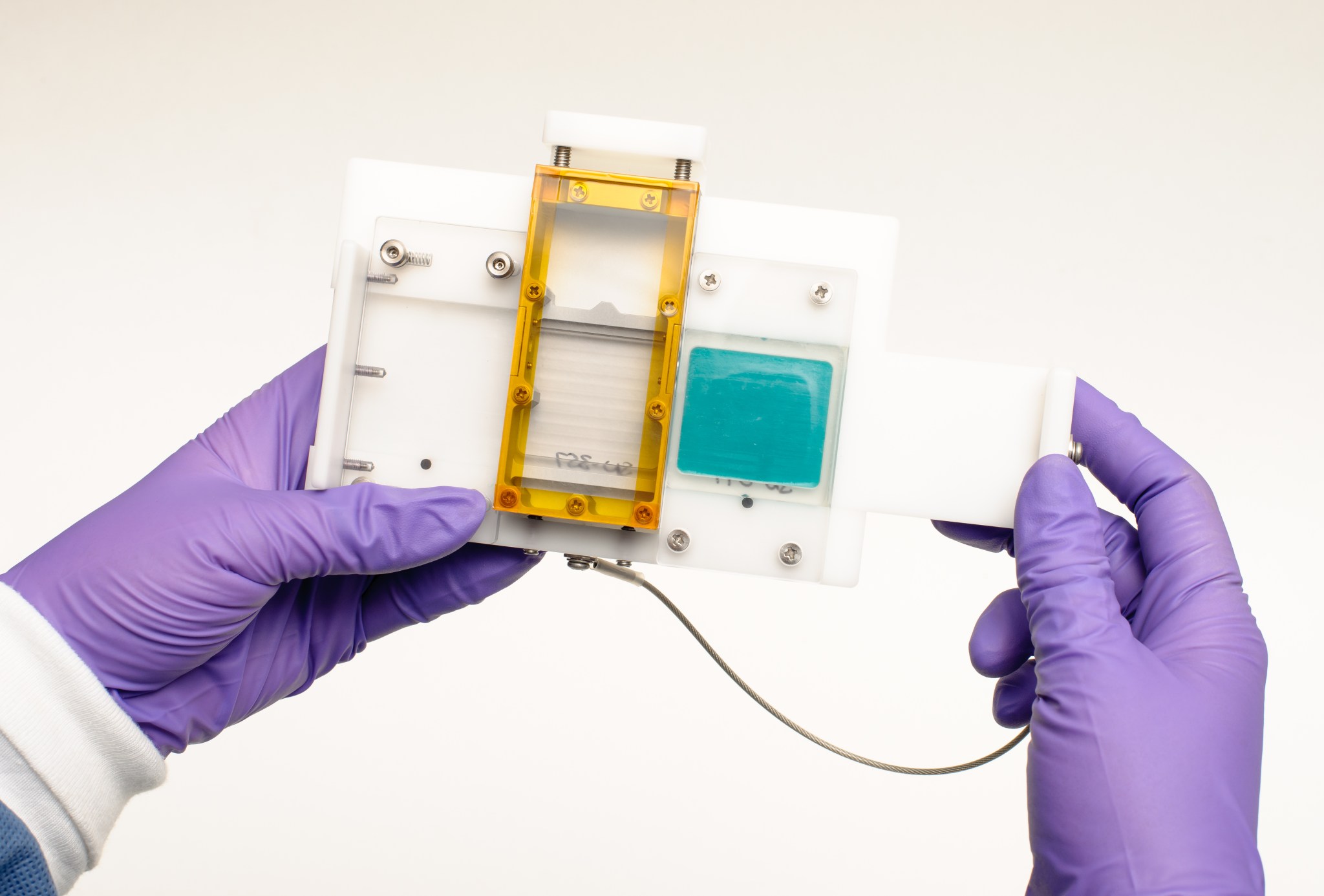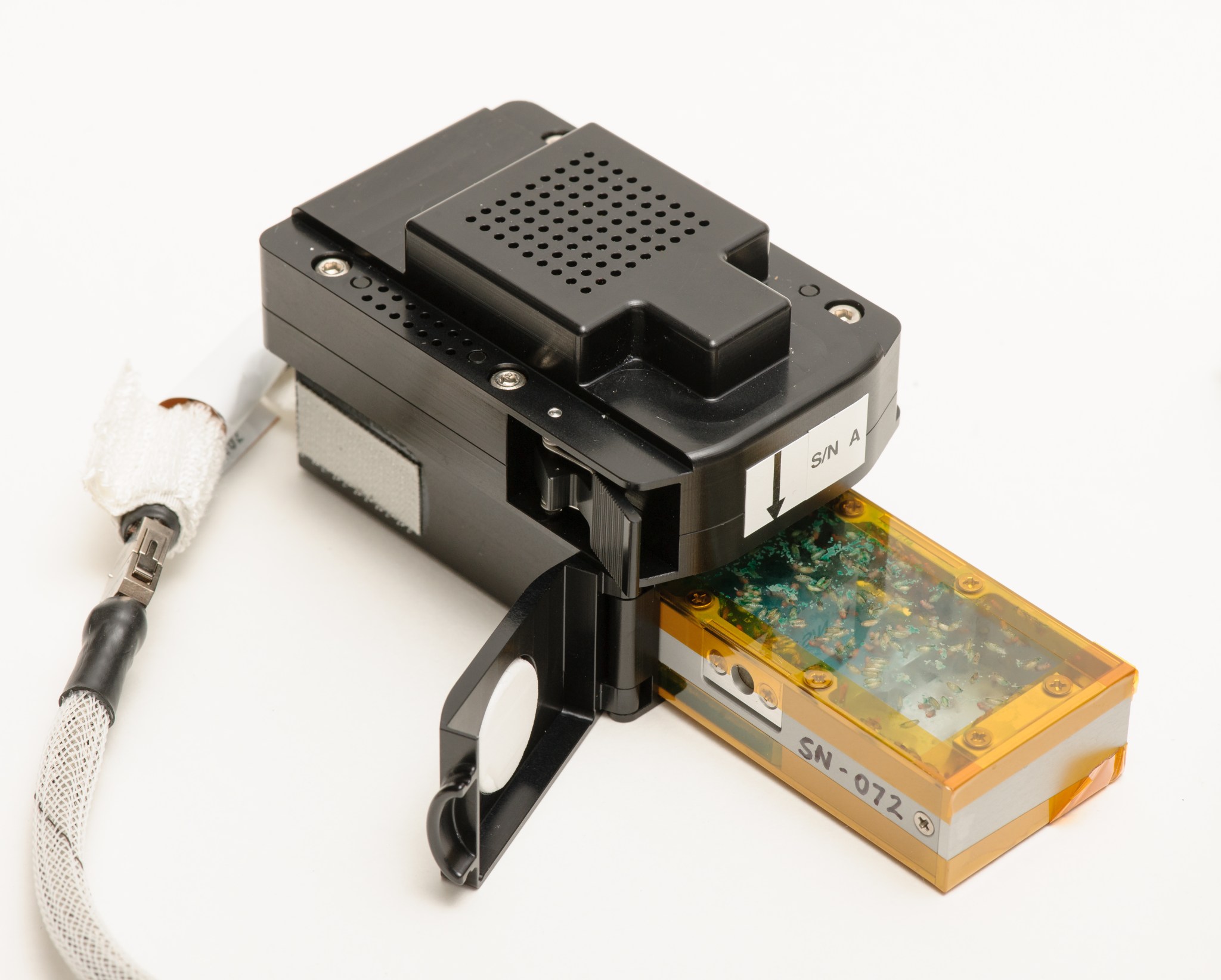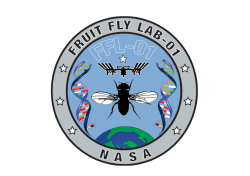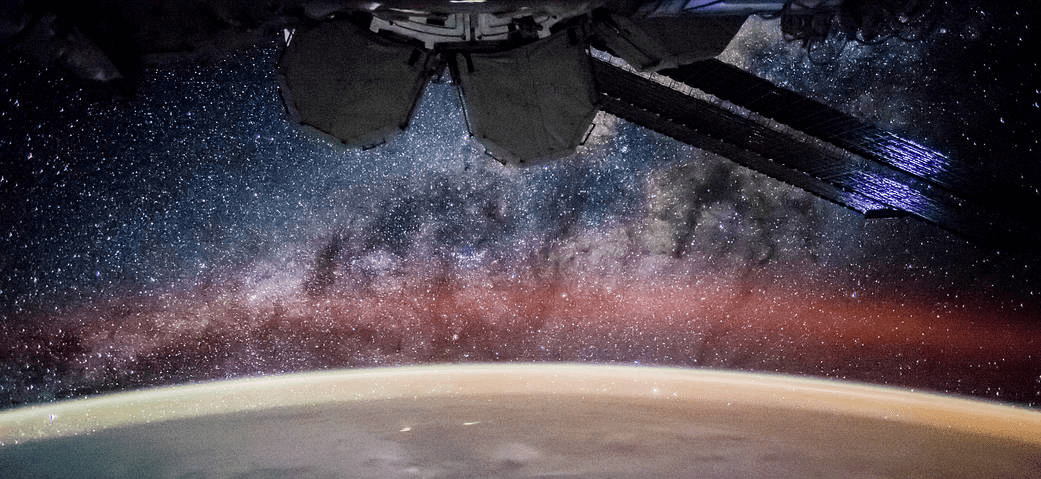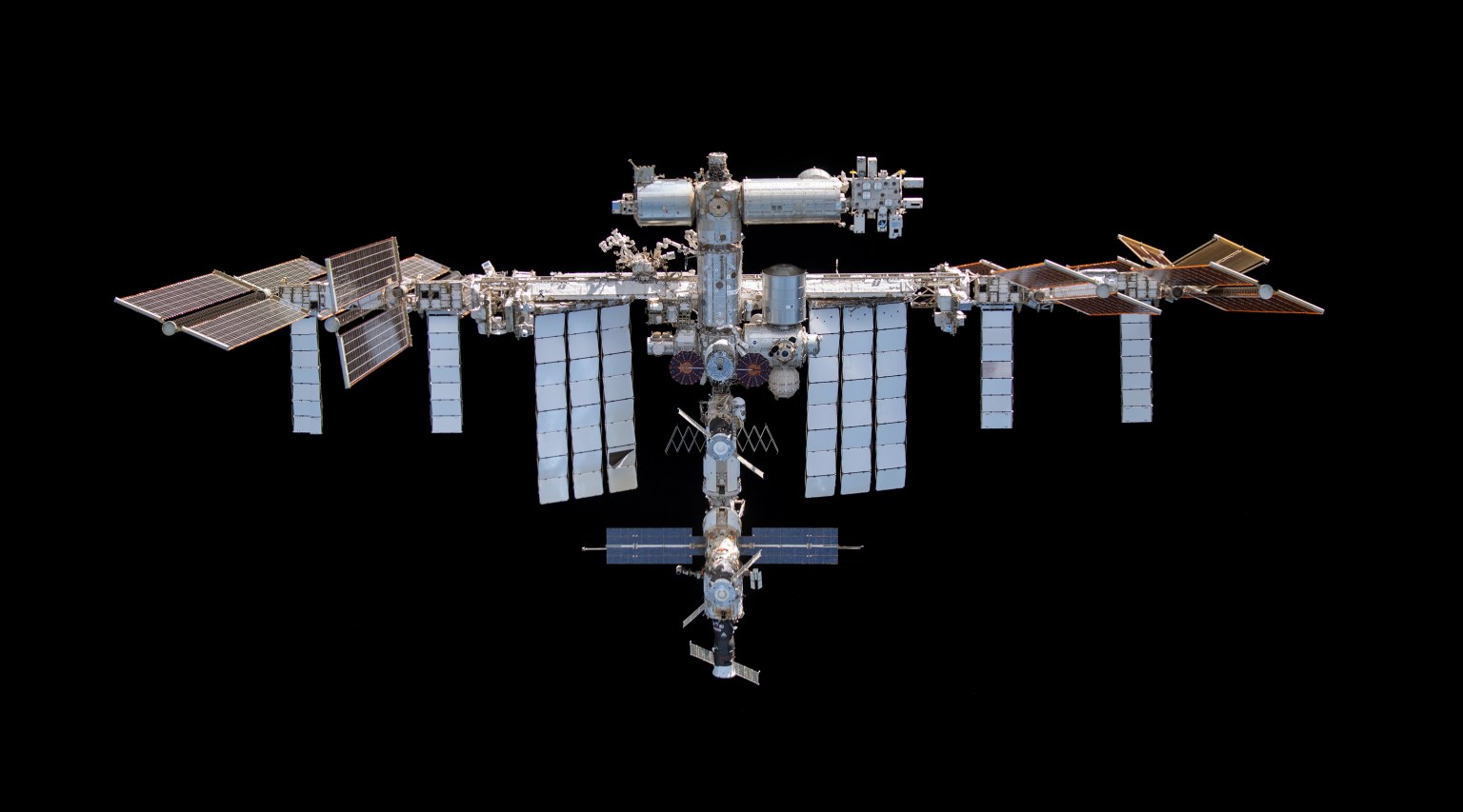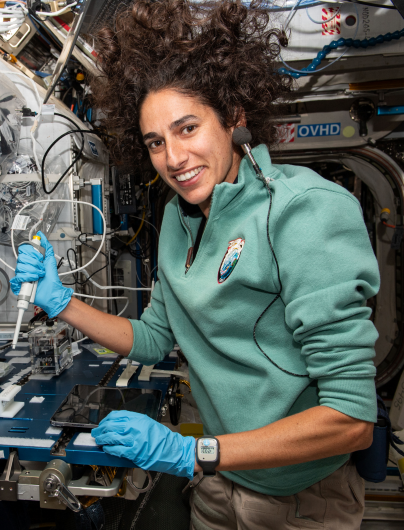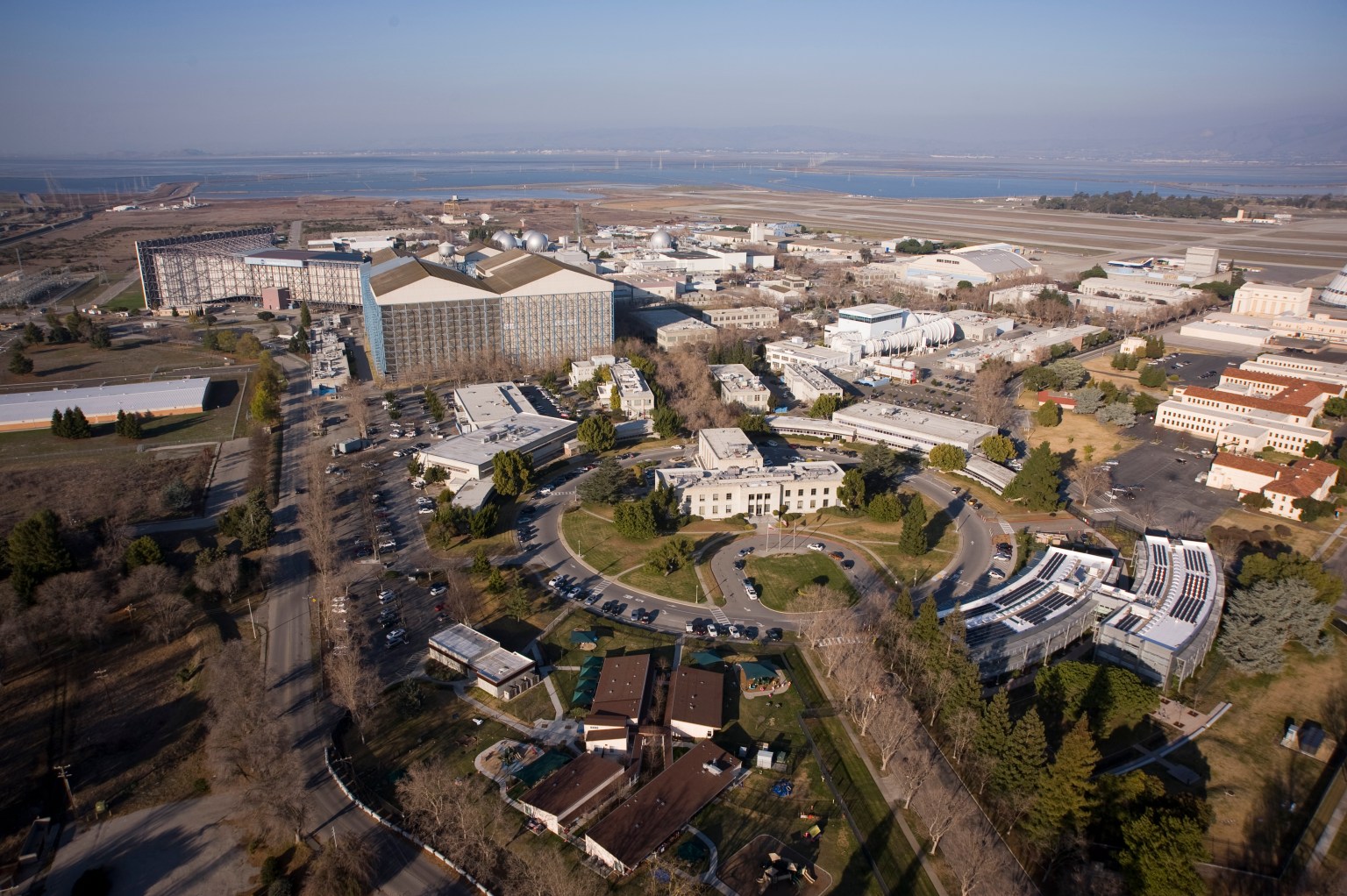Fruit Fly Lab-01 (SpaceX-5)
The Fruit Fly Lab-01 mission is the first flight of a new research platform for long-duration experiments aboard the International Space Station using the widely studied model organism Drosophila melanogaster, or the common fruit fly. Approximately 77% of human disease genes have analogs in the fruit fly genome; studies of fruit flies help us understand the underlying mechanisms of human diseases. Experiments aboard the space station will examine how the lack of gravity and other aspects of the space environment affect these insects, providing information that is relevant to human health. The Fruit Fly Lab-01 mission studies the effects of spaceflight on the response to infection.
The Fruit Fly Lab system has three major components. The first is the Cassette that will safely transport fruit flies to the space station. The second is the Food Changeout Platform that will be used to change the fruit fly food without breaching containment and allow extraction of the fruit fly larvae for preservation. The third is the Fly Camera that allows monitoring of fly behavior during exposure to an Earth-like day/night cycle.
The Fruit Fly Lab system will provide long-term housing for fruit flies aboard the space station under conditions of microgravity and simulated Earth gravity (1 g) inside a Nanoracks Centrifuge.
The first Fruit Fly Lab mission, FFL-01, is planned to launch to the station aboard a the fifth cargo resupply flight of the Space Exploration Technologies (SpaceX) Dragon spacecraft in December 2014. The goal of the first flight is to validate hardware performance, conduct scientific investigations, and demonstrate that the space station crew can perform critical research operations. More than a hundred flies will be aboard the space station for a period of up to 30 days.
Project Manager: Kevin Martin, NASA Ames Research Center
Project Scientist: Sharmila Bhattacharya, Ph.D., NASA Ames Research Center
Deputy Project Manager: Matthew Lera, NASA Ames Research Center
Learn More
See the Fruit Fly Lab NASA Facts Sheet on this page.
Read the Fruit Fly Lab-01 engineer’s blog.


